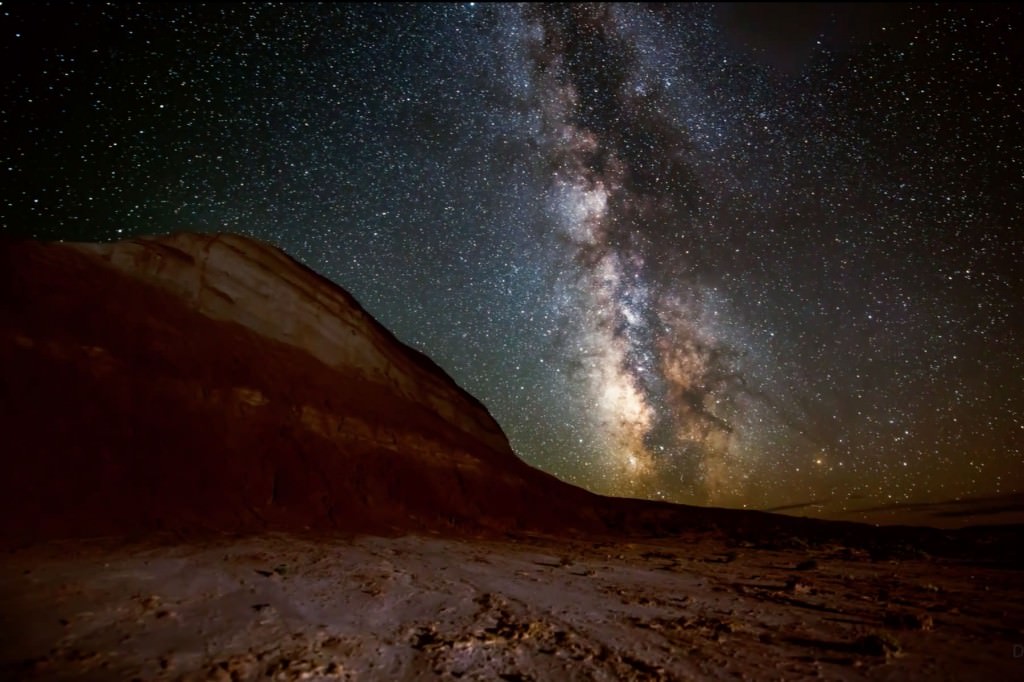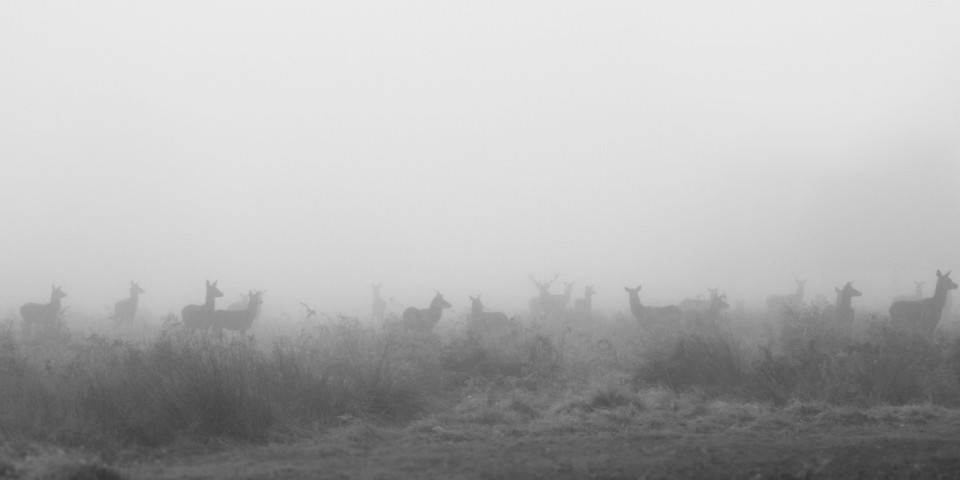Huelux: A Time Lapse Of Sky Stars & The Milky Way
I am in wonder of the patience it takes to produce this kind of photography every time I view some. Growing up surrounded by well lit city streets the shear amount of stars visible in the sky when I go somewhere that has no mad made lighting always amazes me. It’s all to easy to get transfixed watching the beauty and sometimes angry night sky.
This video time-lapse was shot by Randy Halverson, he explained; I shot Huelux from April-November 2013 in South Dakota, Wyoming and Utah. The weather in 2013 made it difficult for me to get some of the shots I wanted. There were many times I planned to shoot the Milky Way or Aurora, and the clouds would roll in. But that also allowed me to get more night storm timelapse than I have any other year.
I was in Utah for 6 nights, it was clear only one night, it was also 95F at midnight that night. So I couldn’t shoot as high of an ISO as I wanted because of noise, but I still pulled off a few good shots in Zion Canyon.The weather was much the same while I was in Wyoming, it was cloudy 2/3 of the nights I was there. But I did get some of my best Milky Way shots of the year in Wyoming, see 1:45-2:05 in the video. The clouds did make for some good sunrise and sunset shots.
 On the Milky Way shots you will see a lot of slow and fast moving satellites, a few meteors and planes. The meteors are hard to see in timelapse, but you may see a quick flash because they only last one frame. If you see a light moving across the sky, it is either an airplane or satellite, not a meteor.
On the Milky Way shots you will see a lot of slow and fast moving satellites, a few meteors and planes. The meteors are hard to see in timelapse, but you may see a quick flash because they only last one frame. If you see a light moving across the sky, it is either an airplane or satellite, not a meteor.
Some of the Aurora I shot were unexpected with no advanced notice. Several nights I was setting up Milky Way shots, when I noticed the glow in the sky to the north. In one case an hour before I got any Aurora notification on my phone. The storm shot at 2:57 has Aurora behind it, which was quickly covered up by the storm.
I came up with the title Huelux, which comes from hue (a color property), and lux which is latin for light. Some of the Aurora and Milky Way were difficult to color correct, so I spent a lot of time with the hue settings, white balance, etc. during the month and a half edit. The low Aurora on the horizon were often yellow, while closer (higher in the sky) Aurora were green. If I adjusted the yellow Aurora on the horizon green, it threw the rest of the colors, such as grass, way off and made the whole image too blue.
The end credit backgrounds are 10 second timelapse exposures of Andromeda Galaxy and Orion shot with a 200mm lens on an Ioptron Skytracker. You will see some satellites moving through the sequences.
Or on his socials
Facebook facebook.com/dakotalapse
Twitter twitter.com/dakotalapse

Kim is a professional photographer & Official Fujifilm X-Photographer living in Celbridge Co Kildare, Ireland. When not shooting Portraits and Weddings or Corporate & Editorials he can be found searching out the best coffee shops or running round after his two kids.
Get 20% off Unlimited Photo Storage & Galleries with Smugmug | Download Capture One Fujifilm
 Previous post
Deers In The Mist
Previous post
Deers In The Mist
